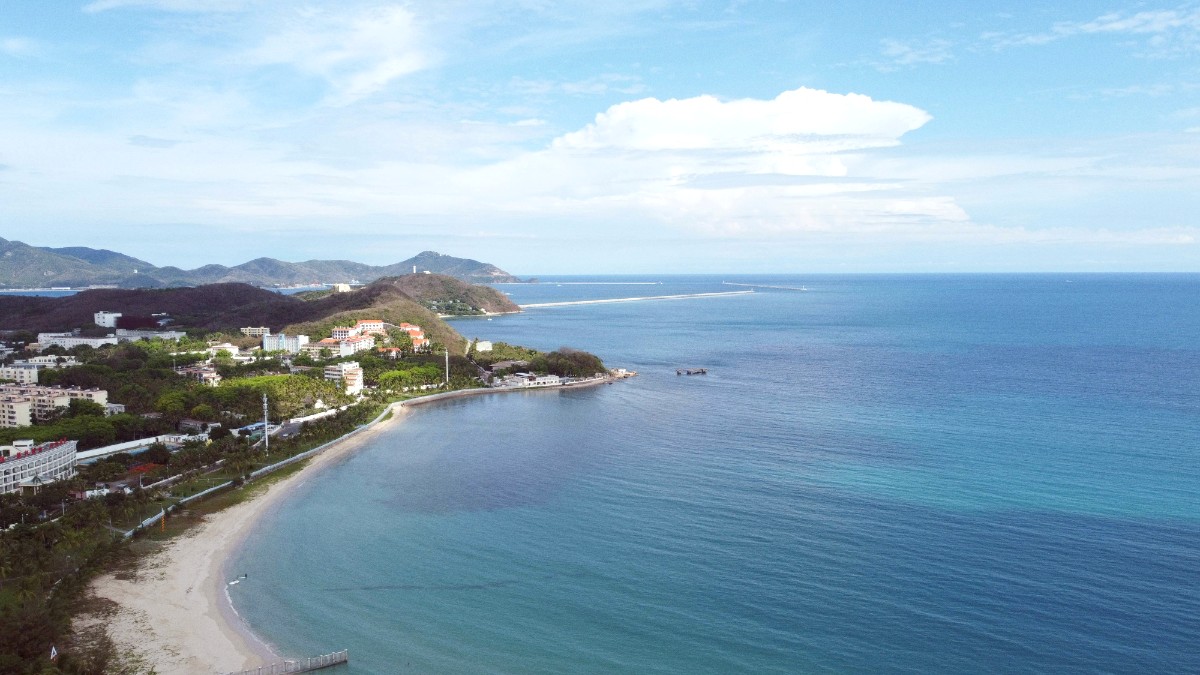
Hainan, China
Hainan cuisine, or Qiong Cai (琼菜), is a distinct branch of Chinese culinary traditions, shaped by the island's isolation, tropical climate, and abundant natural resources. Tropical fruits are a staple.
Unlike many mainland Chinese cuisines with heavy spices or oil, Hainan cuisine is generally lighter, highlighting natural flavors and "cooling" foods suitable for the hot climate.
Most common utensil. Avoid sticking them upright in rice (resembles incense sticks for funerals). Do not point them at people.
Dishes are typically shared family-style. Order several to place in the center. "Ganbei!" (干杯), or "bottoms up," is a frequent toast; make eye contact.
Loud conversation, slurping noodles, and occasional burping are acceptable, indicating meal enjoyment. Tipping is generally not customary or expected in mainland China, including Sanya. Avoid attempting to tip.
Perfectly steamed chicken with fragrant oily rice cooked in chicken broth. Served with chili-ginger dip, dark soy sauce, and garlic paste.
Find at local restaurants specializing in Hainanese cuisine.
A specialty crab from Hainan, known for its rich, golden roe and tender meat. Often steamed with ginger and spring onion.
Available at seafood restaurants, notably around First Market.
Two of Hainan's "Four Famous Dishes." Dongshan Lamb is tender, flavorful, and often braised. Jiaji Duck is known for lean meat and thin skin, often roasted.
Look for them in specialized restaurants or larger Hainanese eateries.
Directly from a green coconut, served chilled. Ubiquitous and perfectly refreshing.
Hainan Beer is a local light lager. Coconut Wine is a local, often sweet, spirit made from coconut.
Many 5-star resorts in Yalong Bay and Haitang Bay feature high-end restaurants, offering international and sophisticated Chinese cuisine.
Numerous mid-range options are available, especially in Dadonghai and Sanya Bay, offering a mix of Hainanese and other Chinese cuisines.
Sanya offers affordable and authentic dining experiences at various local spots.
Both a fresh seafood market and a hub for seafood processing restaurants. A lively, sensory experience.
Hongsha Fishermen's Market: A larger, less touristy seafood market for an authentic glimpse into the fishing industry.
Located in Haitang Bay, this complex includes a large food court with various international and local options.
Provides a convenient, air-conditioned dining environment, typically at higher prices.
KFC, McDonald's
Japanese (sushi, ramen), Korean BBQ, Southeast Asian
Mangoes (spring/summer), lychees, rambutan, durian
Nian gao (Chinese New Year), zongzi (Dragon Boat Festival)
Learn: "I don't eat meat" (我不吃肉 wǒ bù chī ròu), "I don't eat seafood" (我不吃海鲜 wǒ bù chī hǎixiān), "no animal products" (不要动物产品 búyào dòngwù chǎnpǐn).
These phrases significantly aid communication in local eateries.
Carry a Translation card with specific allergies in Chinese. Use Google Translate or Baidu Translate for real-time communication.
Online research for specific restaurants catering to your needs before your trip is also advisable.
Gluten-free or allergen-aware dining presents difficulty due to language barriers and common use of soy sauce (wheat-containing), oyster sauce, and thickeners.
Avoid sauces, noodles, and fried foods unless you can definitively confirm ingredients.
Some luxury hotels offer private or group cooking classes focusing on Hainanese or general Chinese cuisine.
Informal food tours focusing on street food and local markets, specifically around First Market, can be arranged with local guides.
Hainan has tropical fruit farms, some offering tours and fruit-picking experiences, allowing you to see where local fruits originate.
Mangoes reach their peak in spring and summer, offering a delightful seasonal treat. Other tropical fruits also have peak seasons.
During Chinese New Year (Spring Festival), discover special glutinous rice cakes (nian gao) and dumplings.
For authentic flavors and value, explore small, family-run restaurants away from main tourist areas.
Hainan's colorful dishes and tropical settings make for fantastic food photography opportunities.
The island's emphasis on fresh, natural ingredients means a delightful culinary journey awaits.
While Sanya is known for its seafood, be mindful of responsible tourism practices. Only purchase seafood from reputable sources and avoid any species that are endangered or harvested unsustainably.